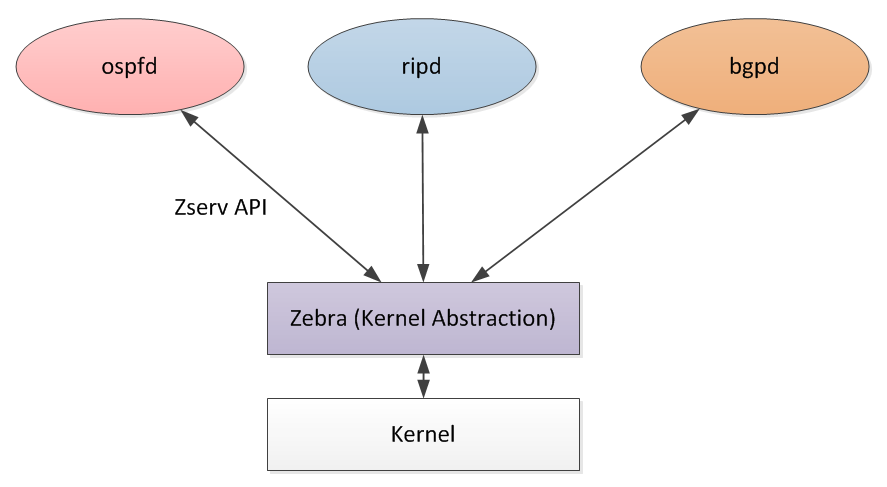Sony keeps optical discs alive with storage startup acquisition
Sony’s push to get enterprise users to store data on optical discs has received added momentum with its acquisition of a Facebook-linked startup focused on optical storage.Led by former Facebook executive Frank Frankovsky, Optical Archive in California will develop new optical disc library systems for corporate clients’ “cold storage,” which hold data that aren’t accessed often but are preserved for a long time. Examples of such data are photos on social media sites and regulatory or legal documents.The move marks the entry of Sony, which developed the Blu-ray disc over a decade ago, into data center storage, a market it has shied away from partly due to the limited capacity of its optical discs amid the explosion of cloud-based storage.To read this article in full or to leave a comment, please click here

 Following HP's purchase of Aruba, Meru finds a new home.
Following HP's purchase of Aruba, Meru finds a new home.